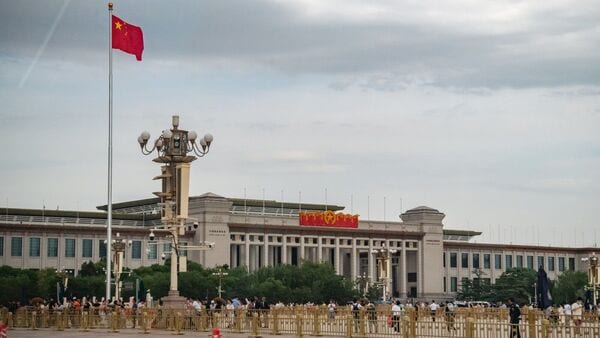China’s $2.2 Trillion Global Lending Shift: US Top Recipient
A comprehensive new study reveals China has fundamentally shifted its global lending strategy, with over 75% of its overseas financing now directed toward wealthy nations. The United States stands as the single largest recipient, receiving over $200 billion across nearly 2,500 projects.
Key Takeaways
- US received over $200bn from China across 2,500+ projects.
- China’s total global lending reached $2.2 trillion (2000-2023).
- Lending focus shifted from development aid to strategic assets.
- European nations received hundreds of billions in Chinese credit.
Europe Emerges as Major Beneficiary
European economies have similarly become significant destinations for Beijing’s capital:
- EU (27 countries): $161 billion across nearly 1,800 projects
- UK: $60 billion
- Germany: $33.4 billion
- France: $21.3 billion
- Italy: $17.4 billion
The report confirms China’s financial footprint is now deeply embedded across Western economies.
Scale of Lending Far Exceeds Estimates
William & Mary’s AidData research lab, in their 300-page report “Chasing China: Learning to Play by Beijing’s Global Lending Rules,” found China issued $2.2 trillion across 200 countries between 2000 and 2023.
Brad Parks, AidData executive director and lead author, stated: China’s total portfolio is “two-to-four times larger than previously published estimates suggest.” This marks the first comprehensive mapping of Beijing’s lending in advanced economies.
Strategic Shift in Lending Priorities
Beijing has moved decisively from development-focused lending toward financing that serves clear geopolitical objectives:
- National security interests
- Economic statecraft
- Global supply chain control
- High-technology sector dominance
Much of this financing targets critical infrastructure, mineral resources, and high-tech assets like semiconductor companies.
Global Security Implications
The research warns China’s operations are becoming increasingly opaque, often channeled through shell companies in secretive jurisdictions. This raises concerns about:
- Vulnerability of strategic national reserves
- Reliability of critical energy infrastructure
- Control of vital maritime routes
- Resilience of global supply chains
The report concludes that great-power competition has now extended into development finance.
Western Collaboration Continues
Despite rising geopolitical tensions, numerous Western banks, corporations, and financial institutions maintain active collaborations with Chinese state-owned lenders. Major Western companies continue to secure substantial financing from Beijing-backed institutions.




